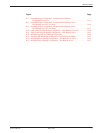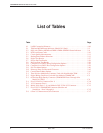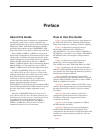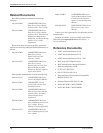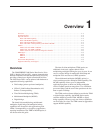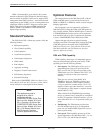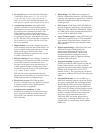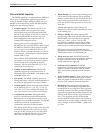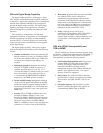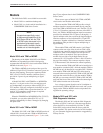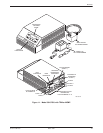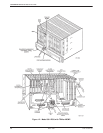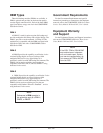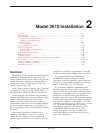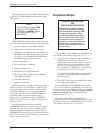
Overview
1-53610-A2-GB41-60 March 1999
DSU with Digital Bridge Capability
The digital bridge capability is dedicated to a single
DSU, and the data terminal equipment (DTE) connected
to that DSU is usually the controlling DTE of a multipoint
network. Both TDM and MCMP can be configured to
provide the digital bridge capability. The digital bridge
capability can support many applications, including
dedicated multipoint dial backup and multipoint LADS
operation.
This capability is used primarily for dedicated
multipoint dial backup. A digital data service multipoint
network is backed up with public switched telephone
network (PSTN) or switched 56 kbps calls between the
central-site and remote-site DBMs that are tied together
by the digital bridge.
The digital bridge capability, when used to support
dedicated multipoint dial backup, provides the following
features:
• Number of tributaries. Dedicated multipoint dial
backup can back up as many as 20 tributary DSUs.
To do this, four additional DSUs with TDM, each
configured for extended bridge (EBrdg), are
required.
• Multispeed operation. Multipoint dial backup
using the V.32 DBM or DBM-V operates at a
customer-specified rate of 2.4, 4.8, 9.6, 12, or
14.4 kbps full-duplex. Fallback (training at a lower
rate) is not allowed. Using either the 2-wire or
4-wire Switched 56 DBM (DBM-D or DBM-S,
respectively), the DBM operates at 56 kbps.
• Partial and full backup. Multipoint dial backup
can provide both partial and full backup on DDS
multipoint circuits. For partial backup, the DSU’s
rate must equal the DBM’s rate. Full backup must
be performed if the DSU’s rate is not equal to the
DBM’s rate.
• Security. The V.32 DBM or DBM-V, the 4-wire
Switched 56 DBM or DBM-S, or the 2-wire
Switched 56 DBM or DBM-D provide four levels
of call setup security: None, Password, Callback,
and Alarm. Alarm allows the DBM, DBM-V,
DBM-S, or DBM-D to answer only incoming calls
when there is a Facility Alarm on the DDS line.
• Restoration. When the DSU rate equals the DBM
rate, tributary DSUs can be configured to
automatically drop the backup connection and
switch back to the DDS facility when service has
been restored to the DDS network. When the DSU
rate is not equal to the DBM rate, restoration can
only be accomplished remotely from an NMS or
manually from the control DSU’s DCP.
• Setup. A backup session can be set up
automatically by the tributary DSUs (if the DSU’s
rate is equal to the DBM’s rate), controlled
remotely from an NMS, or initiated manually from
a control DSU’s shared diagnostic control panel
(SDCP).
DSU with LPDA-2 Interoperability and
TDM or MCMP
The SNA Diagnostic Interface firmware upgrade, using
the Release 2 Link Problem Determination Aid (LPDA-2)
protocol, is installed on the DSU circuit card. LPDA-2
interoperability provides the following features:
• Link Problem Determination Aid. This protocol
emulates IBM 5822 DSUs that use the LPDA-2
protocol, allowing the 3600 Series DSU to be
controlled from IBM’s NetView network
management program. With TDM or MCMP, this
option is only supported on Port 1. For digital
sharing, all ports are supported.
• NMS control. The 3600 Series DSUs operating
with the LPDA-2 option can respond to commands
from NetView, the NMS, the DSU’s DCP, or all
three.
• Full option support. With the LPDA-2 option
installed, all other 3600 Series DSU options are
accommodated: DBM, TDM, or MCMP.



